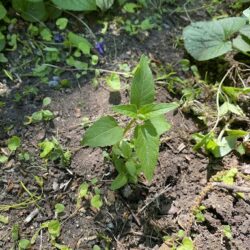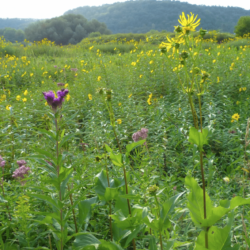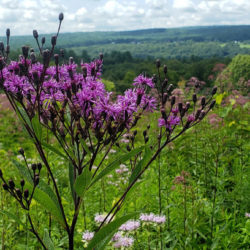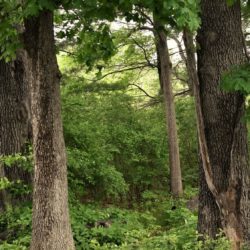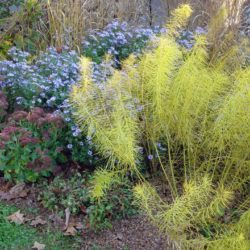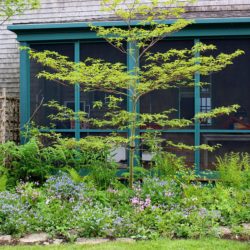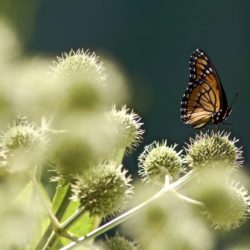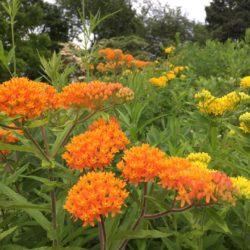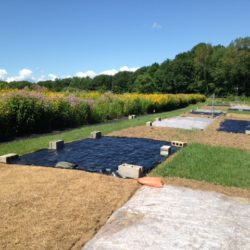There is no excerpt because this is a protected post.
Meadows
Seedling Identification
By: Rie Macchiarolo, ELA President Sowing seeds as a way of creating, transforming, and augmenting landscapes is a wonderfully fun and affordable method. It can be quite rewarding after a…
Native Habitat Restoration on an Old Wisconsin Farm
By Marcie O’Connor
Our adventure began in early 2000 when my husband and I bought 500 acres of an old farm in the Driftless Area of western Wisconsin. The Driftless Area is the part of the Midwest that was never covered by glaciers, so the land is beautiful – with steep hills and narrow valleys. I’m interested in native plants and natural landscapes, so I thought it would be fun to return the land to prairie and how it looked before it was farmed.
Creating Wildflower Meadows from Scratch Or by Simply Changing Mowing Regimes
By Alina Harris
When someone asks for help to increase pollinators in their landscape, many times the initial request is to start a pollinator meadow from seed. We love successful wildflower meadows started from scratch—but they can take several years of work. In the right place, just reducing mowing can result in improved conditions for pollinators.
An Interview With Botanist Walter Kittredge
Interviewed By John Kittredge
What new skills or activities did you try during COVID lockdown? Walter Kittredge began an entirely new venture after retiring from his 45-year career at the world-renowned Gray Herbarium at Harvard University. He opened a native plant nursery called Oakhaven Sanctuary.
Planting Landscape Niches
By Susan Barton
In today’s rapidly urbanizing environment, we have a unique opportunity, if not a duty, to create livable landscapes that are attractive, easily managed, and provide a rich complement of plants to support diverse ecosystems. Let’s adapt a naturalistic design aesthetic that allows us to use native plants in home gardens, reflecting our regional spirit of place.
What Is Rewilding?
by Heather McCargo and Anna Fialkoff
The term rewilding first appeared in the conservation world in the 1980s with a continental-scale vision to protect large tracts of wilderness and connect these areas with migration corridors. Maine’s Wild Seed Project considers rewilding to be not just for the large wilderness areas or charismatic megafauna like wolves. Instead, they focus on actions that people can take right outside their doors.
North American Prairie Species of New England
By Neil Diboll
Many flowers and grasses commonly associated with Midwestern prairies also occur in the meadows of New England. Some species are widely distributed throughout the region, while others are only occasional or rare. Most are more common in the prairie region, but some are abundant in the Northeast.
The Top Ten Successful Meadow Species and Why
by Penn Marchael
Establishing a meadow is difficult; you have to combat chaotic weather forecasts and wait at least three years to see results all while managing clients’ anxiety around whether or not it’s working. Knowing which species typically have the most success in establishment and longevity is a crucial factor in creating a sustainable meadow. Here are the top ten meadow species (from seed) that will make your meadows work.
Planting a Wildflower Meadow? Site Preparation Comes First!
by Cathy Neal
Successfully establishing a meadow from seed is a three-year process, with the first year devoted to good site preparation. It can be a hard sell, but time spent eliminating competitive vegetation before you plant is essential to long-term success.
Top Ten Ways to Screw Up an Installed Meadow
by Nick Novick Opportunities for a meadow project to go south lurk at every stage, from design and customer interaction to installation and maintenance. Getting a meadow going is enough…
Lawn Gone: Nourishing Our Ecosystems with Meadows
by Mary B. O’Neill, Ph.D. Reprinted with permission, this article first appeared in the July 2017 issue of Main Street Magazine. The American Dream of homeownership, good fences making good…

